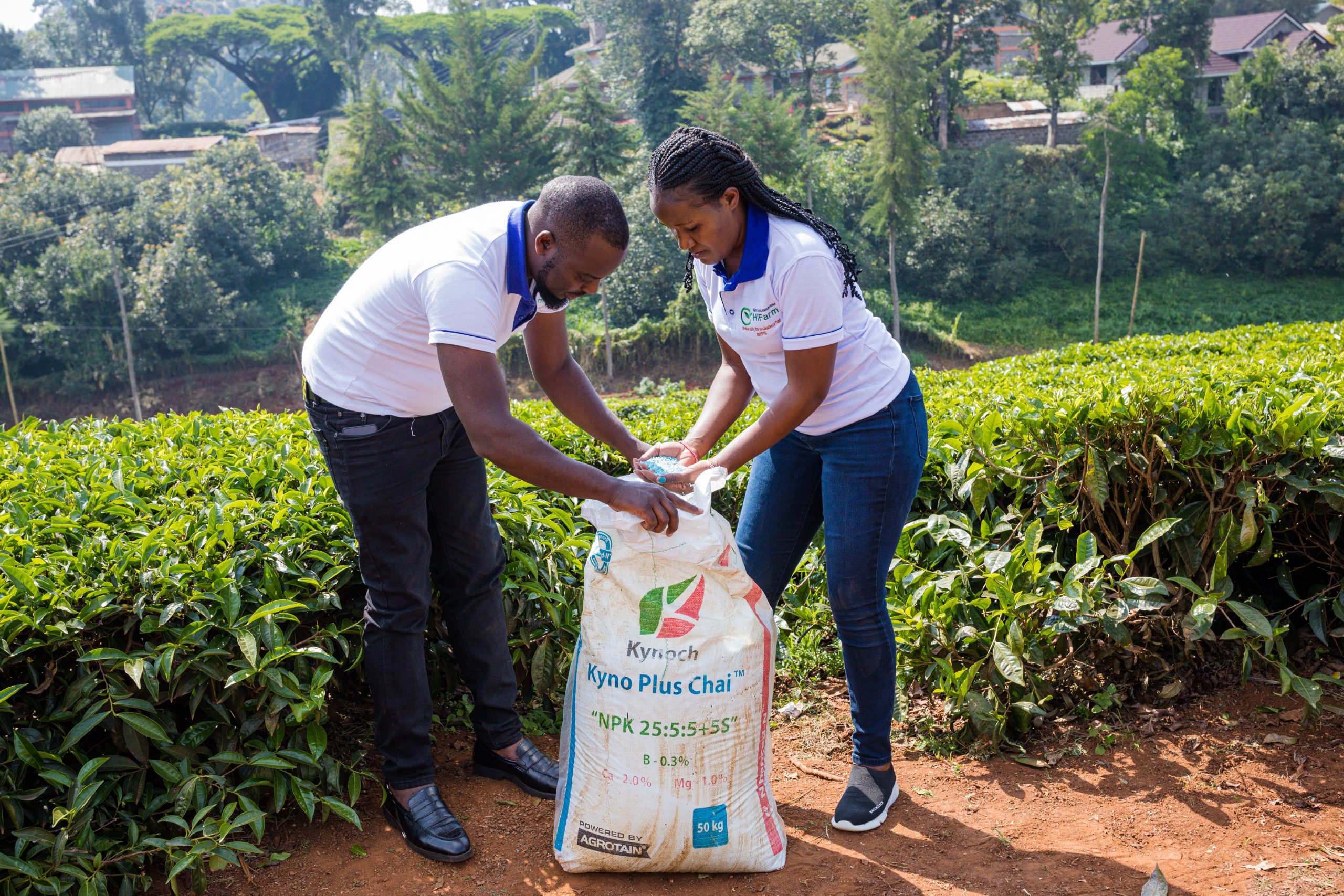In South Africa there is currently R190 billion debt in agriculture of which about 60% belongs to grain farmers and given the sustainability of food production it is critically important that every commodity looks at profitability – not at maximum yield, but maximum profit.
With this value statement in mind, TLU SA’s Advisory Service with soil expert Dr Gawie du Toit at the helm in collaboration with Ermelo High
School’s Agricultural Academy executed fertiliser trials and a recent trial crop.
“It is maximum profit that gives stability for sustainability. It’s not about applying maximum fertiliser, but about applying the correct amount of fertiliser and thus making sure you do not go beyond the curve of the declining yield and end up on a financial downhill path,” said Mr Bennie van Zyl, TLU SA’s General Manager.
Farmer Gerrie van Rensburg made some of his land available for the trials. “I have great appreciation for Dr Gawie du Toit, the teachers and learners of Ermelo High School and Gerrie for the important research we can do here. It was good to see the learners’ enthusiasm for the process.”
Van Zyl added: “Profitability must remain the pursuit. This was only a trial harvest, because it is important to have the learners involved and the harvest will only be ready with the school holidays. After the real harvest, the figures will be announced at a Farmers’ Day. In this way, farmers will be able to see what the best approach is when it comes to fertiliser application to achieve maximum profit.”
The harvesting process followed for the trial harvest was as follows:
• 11m was harvested from each site.
• The harvested heads were defoliated. The clean heads are the end result.
• The heads were counted and written down.
• Then the bags were weighed with clean heads and mass were noted.
• Each bag was given a number. There are 14 sites with different NPK treatments.
• The heads were harvested: The kernels were picked by hand.
• The masses of the relevant plots were multiplied by 1000 (x1000) which then yields a value of kg / ha.
• The moisture of each site will be determined at the grain silo and final calculation of yield will then be done on a 12.5% moisture basis, which is the standard moisture base for maize.
“For the test results, two aspects are involved, namely maize yield and maximum maize profit,” Dr Du Toit explains.
“There is no doubt that large maize harvests are the challenge of the time, competition is the order of the day to determine who can achieve the record harvest. Cost input is not relevant in this case. It is only about the maximum harvest. Maize farming is a business that must necessarily be focused on maximum profit. Due to the biological nature of farming, it is subject to the well-known ‘Law of Declining Yield’. This law unequivocally states that no maximum harvest can ever yield the best profit. It is a natural and economic law,” Dr Du Toit concluded.

